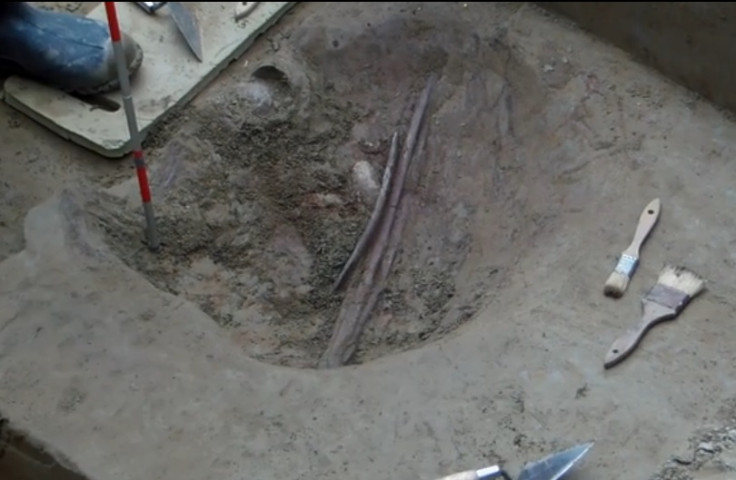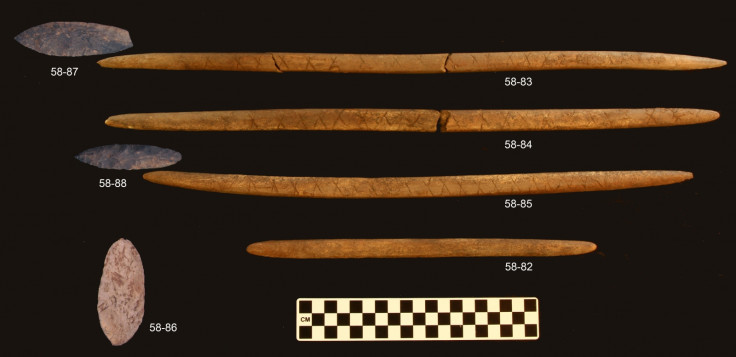Alaska: Remains of Ice Age Infants Discovered in Burial Pit Beneath Cremated Toddler

The remains of two Ice Age babies that died over 11,000 years ago have been discovered in Alaska along with "unprecedented" grave offerings.
The infants are the youngest human remains ever to be discovered in the North American Arctic and provide vital information about funeral practices among inhabitants at the time.
Researchers from the University of Alaska Fairbanks examined the dental and skeletal remains of the two babies to determine that one was just a few weeks old, while the other died in utero.

Published in the Proceedings of the National Academy of Sciences, lead author Ben Potter and the archaeological team unearthed the remains at the end of 2013 at the Upward Sun River site, near the Tanana River.
Previously, the cremated remains of a three-year-old child were found at the site. The two infants were found in a burial pit about 15 inches below the residential hearth where the toddler had been found.
Both sets of remains date to about 11,500 years ago, suggesting a short time period between the burial and cremation. Authors suggest all three could have been undertaken in a single session.
"Taken collectively, these burials and cremation reflect complex behaviors related to death among the early inhabitants of North America," Potter said.

Archaeologists also found "unprecedented grave offerings" with the two infants, including shaped stones and antler foreshafts decorated with incised lines – some of the oldest compound weapons to be found in North America.
Potter said the discovery could lead to new thinking about the structure of early societies, the challenges they faced, their view of death rituals and how they treated the youngest members of the group.
"The presence of hafted points may reflect the importance of hunting implements in the burial ceremony and with the population as whole," the authors wrote.
The deaths of three children within the group may suggest they were facing food shortages, researchers said: "The deaths occurred during the summer, a time period when regional resource abundance and diversity was high and nutritional stress should be low, suggesting higher levels of mortality than may be expected give our current understanding [of survival strategies at the time]," the researchers said.
© Copyright IBTimes 2025. All rights reserved.






















